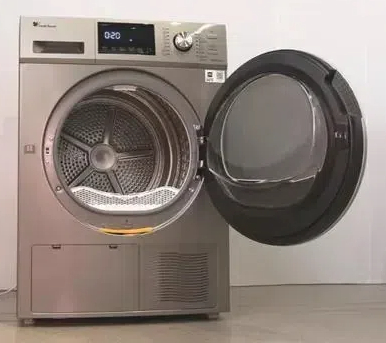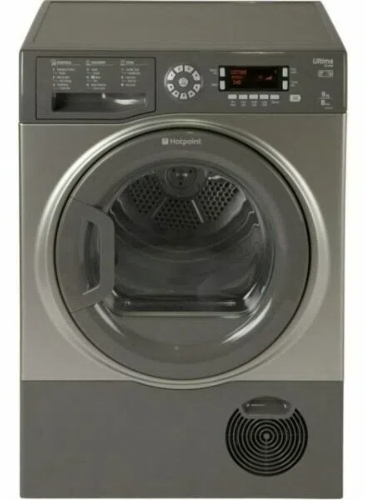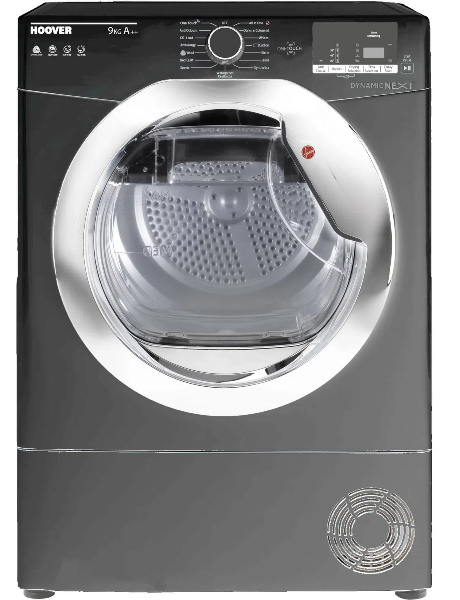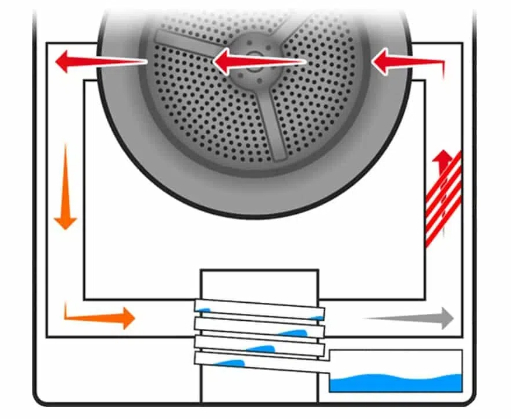
Content Menu
● Introduction to Heat Pump Tumble Dryers
● Working Principle of Heat Pump Dryers
● Advanced Features and Technology
● Energy Efficiency and Environmental Benefits
● Maintenance and Care
● Installation Considerations
● Common Questions and Answers
>> Q1: How long does a heat pump dryer take to dry clothes?
>> Q2: Are heat pump dryers worth the higher initial cost?
>> Q3: Do heat pump dryers need to be vented outside?
>> Q4: How long do heat pump dryers last?
>> Q5: Can heat pump dryers work in cold environments?
Introduction to Heat Pump Tumble Dryers
Heat pump tumble dryers represent a revolutionary advancement in laundry technology, offering an energy-efficient and environmentally friendly solution for drying clothes. These innovative appliances utilize sophisticated heat exchange systems to dry garments while consuming significantly less energy than conventional dryers.
Working Principle of Heat Pump Dryers
The operation of a heat pump tumble dryer involves a complex yet efficient process that can be broken down into several key stages:
1. Initial Heating Phase
- The process begins when the heat pump generates warm air
- Air is circulated through the drum containing wet clothes
- The temperature is typically lower than conventional dryers
2. Moisture Extraction
- Warm air absorbs moisture from wet clothes
- Humid air exits the drum and enters the heat exchange system
- The process is continuous and efficient
3. Heat Exchange Process
- Warm, moist air passes through an evaporator
- The evaporator cools the air, causing moisture to condense
- Collected water is stored in a reservoir or pumped out
4. Air Recycling
- Dried air is reheated by the condenser
- Heated air is recirculated back into the drum
- The closed-loop system maintains energy efficiency

Advanced Features and Technology
Modern heat pump dryers come equipped with various advanced features:
- Smart sensors for moisture detection
- Multiple drying programs for different fabrics
- Digital displays and touch controls
- Self-cleaning condensers
- WiFi connectivity and smart home integration
Energy Efficiency and Environmental Benefits
Heat pump dryers offer significant advantages in terms of energy consumption and environmental impact:
- Up to 50% reduction in energy usage
- Lower operating temperatures
- Reduced carbon footprint
- Gentler on clothes due to lower drying temperatures
- No external venting required

Maintenance and Care
To ensure optimal performance, regular maintenance is essential:
1. Filter Cleaning
- Clean the lint filter after each use
- Regular cleaning of the heat exchanger
- Empty the water container when full
2. System Checks
- Inspect door seals regularly
- Clean moisture sensors
- Check for proper ventilation
3. Professional Maintenance
- Annual service recommended
- Professional cleaning of internal components
- Performance optimization
Installation Considerations
When installing a heat pump tumble dryer, consider:
- Adequate space requirements
- Proper ventilation
- Level positioning
- Electrical requirements
- Drainage options

Common Questions and Answers
Q1: How long does a heat pump dryer take to dry clothes?
A: Heat pump dryers typically take 30-60 minutes longer than conventional dryers due to their lower operating temperatures. However, this longer drying time is offset by significant energy savings and gentler treatment of fabrics.
Q2: Are heat pump dryers worth the higher initial cost?
A: Yes, while the initial investment is higher, heat pump dryers can save up to 50% on energy costs compared to conventional dryers, making them cost-effective in the long run. They also offer better fabric care and environmental benefits.
Q3: Do heat pump dryers need to be vented outside?
A: No, heat pump dryers do not require external venting as they operate on a closed-loop system. This makes them more flexible in terms of installation locations and particularly suitable for apartments or interior rooms.
Q4: How long do heat pump dryers last?
A: With proper maintenance, heat pump dryers typically last 10-15 years. Their sophisticated technology and quality components often result in a longer lifespan compared to conventional dryers.
Q5: Can heat pump dryers work in cold environments?
A: Yes, heat pump dryers can function effectively in various temperatures as they create their own heat through the heat pump system. However, they perform best in well-ventilated spaces with temperatures above 10°C (50°F).
This comprehensive guide provides a thorough understanding of heat pump tumble dryers, their working principles, benefits, and maintenance requirements. As technology continues to advance, these efficient appliances represent the future of sustainable laundry care.












